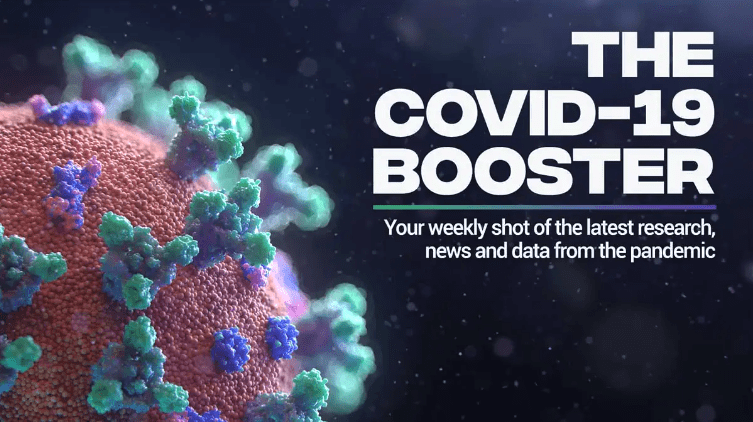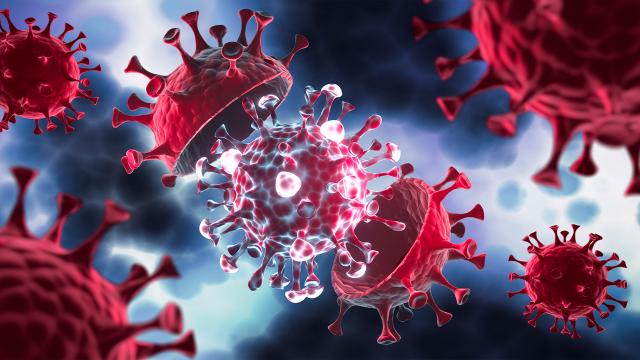COVID-19 has neurological effects in addition to pulmonary effects. But there is no straightforward explanation for how the SARS-CoV-2 virus got to the brain. A team from the Institut Pasteur hypothesizes that the virus might infect brain neurons by traveling through tunneling nanotubes using a blend of human and animal cells.
The angiotensin-converting enzyme 2 (ACE2) receptor is used by SARS-CoV-2 to infect cells, however prior research has revealed that this receptor is hardly present in the brain. So, the question of how the virus enters the brain remained. According to Science Advances, the virus has the ability to take over tunneling nanotubes (TNT), which are intercellular bridges that allow cells to communicate with one another and travel.
These TNTs enable the exchange of molecular data between cells, though occasionally even organelles pass through them. other viruses. It has now been established for the first time that SARS-CoV-2 can pass through them and infect cells.
According to corresponding author Dr. Chiara Zurzolo of IFLScience, “Our discovery provides an explanation for the many neurological symptoms associated with the SARS Cov2 infection.” Since neurons do not express the ACE2 receptor and cannot contract the virus through the traditional route when exposed to it, it was unclear whether and how they could contract it. By placing neurons in culture with infected cells that are amenable to viral infection, we were able to demonstrate that neurons can become infected.
The model created here has some drawbacks. It is created from a mixture of kidney cells from infected African green monkeys, which serve as epithelial cells that readily allow SARS-CoV-2 entry. As neurons, they also contained Human SH-Sy5y cells. If the virus could only infect through the ACE2 receptor, these cells would not allow the virus to enter.
According to the research group, SARS-CoV-2 enters the olfactory bulb through the peripheral nasal epithelium and infects the neurons there. After that, it travels to the brain. The group is currently working on a more intricate model to support that. Additionally, they anticipate that this research will result in therapies for both COVID-19 and extended COVID.
Dr. Zurzolo told IFLScience, “We think that identifying compounds that inhibit the creation of TNTs that are exacerbated in diseases could be a strategy to slow the progression of numerous diseases where TNT-mediated transport is involved, including SARS CoV2 infection.
The team intends to examine tissue samples from infected patients in addition to developing a more complicated model.





